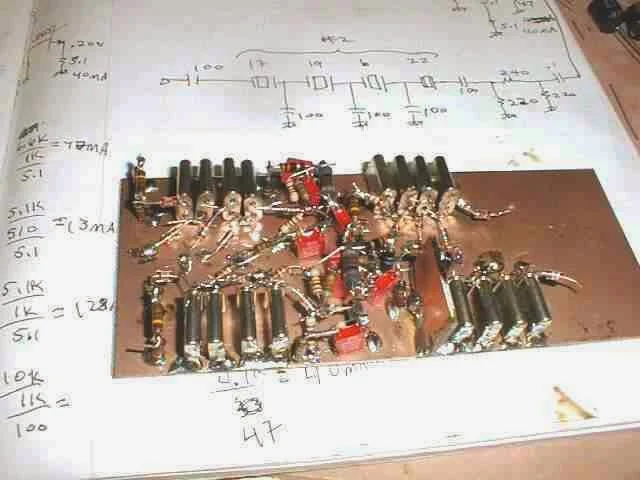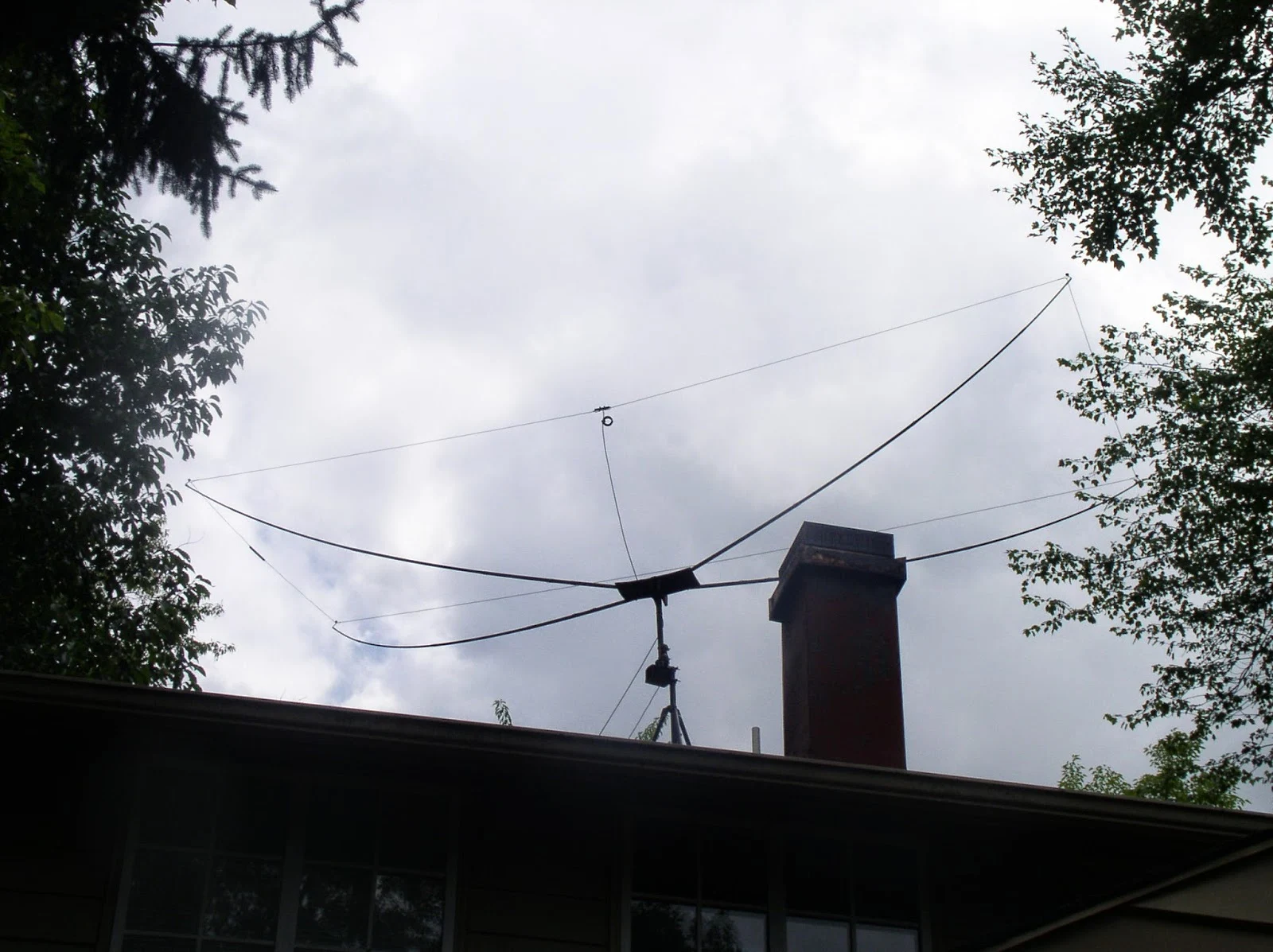Bill -
Thanks so much for featuring The Sproutie on your
blog. I heard through my friend Jason NT7S on Twitter that you had built a
regen and we both did a double-take. Bill from Soldersmoke building a regen -
and enjoying the experience? I was frantically pinching myself, as it just
didn't seem likely, given your past bad karma with them but there it was - a
lovely old set with that great brushed aluminum finish with the swirls on the
front panel - and being worked on by Bill N2CQR. Wonderful! I have been
meaning to either e-mail you, or comment, perhaps below the post in which you
featured the letter from Todd VE7BPO. I discovered recently that although we
think of regens as being an established, and now stagnant technology, there are
still people doing cutting edge research on them. Some of the discussion
was in the Yahoo regenrx Group, and much of the research is being done by a
fellow from NJ with the username vladn. Concerning the phenomenon that we notice
with our regens that, as we get close to the threshold of oscillation, the
bandwidth narrows, and then as we advance into oscillation (as we do to receive
SSB and CW), the bandwidth broadens out somewhat, I am going to quote verbatim
a comment that was left on my blog by user qrp.gaijin,
This phenomenon has been deeply analyzed and
explained (by user “vladn”) here:http://theradioboard.com/rb/viewtopic.php?f=1&t=4680&start=0 .
It is, in fact, possible to completely eliminate this phenomenon; bandwidth can
be controlled independently of oscillation amplitude (to choose a desired
amount of selectivity), and oscillation amplitude can be controlled
independently of bandwidth (to control how easy it is for the regen to lock on
to the incoming signal: we want a low oscillation amplitude and easy locking
for synchronous AM reception, whereas we want a high oscillation amplitude and
no locking behavior when listening to SSB). Eliminating this phenomenon, i.e.,
separating control of bandwidth and oscillation amplitude, can be done by using
an explicit amplitude limiter (i.e. a separate transistor/tube stage as part of
the oscillator’s explicit amplitude stabilization control loop) that exhibits
scale-independent gain compression. In other words, regardless of the
oscillation amplitude, if the oscillator’s gain compression (amplitude
limiting) behavior is scale-independent, then the final result of the repeated
selective amplification (that defines the final regenerated Q and bandwidth)
will be the same, regardless of the oscillation amplitude. See this video (by
vladn) for a demonstration of independent control of oscillation amplitude and
bandwidth: http://www.youtube.com/watch?v=UyqD99WGlss .
The fellow in NJ whose username is vladn has built a regen to test the above
theory, and it works! You can see it in the video that is linked in the above
quote. vladn has done other equally cutting edge research into regens, but I
wanted to let you know that these little receivers are still being developed
and improved by a few intrepid experimenters. Howard Armstrong would be so proud!
Best of luck building your regen Steve. With Bill Meara now a regen fan, the
radio Gods are on your side!
73,
Dave
AA7EE
****************
Hi Bill and Dave,
The Soldersmoke blog post about the Sproutie super-regen radio
by Dave got my soldering iron warm without even turning it on! That
National N Velvet Vernier dial really got my homebrew and radio nostalgia
juices flowing with that beautiful nickel plating and the big shiny Bakelite
knob. Plus the use of modern semiconductors along with an Octal socket
for the plug-in coils was almost too much to bare.
I immediately bought the National dial and the two variable
caps on eBay and from the link Dave suggested in his post for the dial.
That custom chassis company, while in Nova Scotia, is quite close to me here in
Maine, and I just might have to visit them to talk about the details of my
proposed chassis.
The obvious next step is a real PCB, but Dave's beautiful
technique using the ME squares and pads is hard to argue with. Those
solder-friendly squares and pads are local to me too from good ol' Rex Harper.
Bill, many thanks for your post and link. Dave, thanks for
the great design and implementation, as well as the amazing details and photos
on your blog. I think I see a HB super regen project in my immediate
future. The parts are piling up! Gary sold out of the N dials almost
immediately.
73
Steve Silverman KB3SII ... .. ..
**************
I'm really glad that Steve wrote in because his e-mail reminded me that I need to thank him again for the multiband dipole that he sent me a couple of years ago. For a number of reasons I couldn't really use it in its original configuration, but the wire has been used in almost all my recent antenna projects, including the magnificent Moxon. The black insulation was just what I needed for that essential stealth effect. Thanks Steve.
Our book: "SolderSmoke -- Global Adventures in Wireless Electronics"
http://soldersmoke.com/book.htm
Our coffee mugs, T-Shirts, bumper stickers:
http://www.cafepress.com/SolderSmoke
Our Book Store:
http://astore.amazon.com/contracross-20






























































